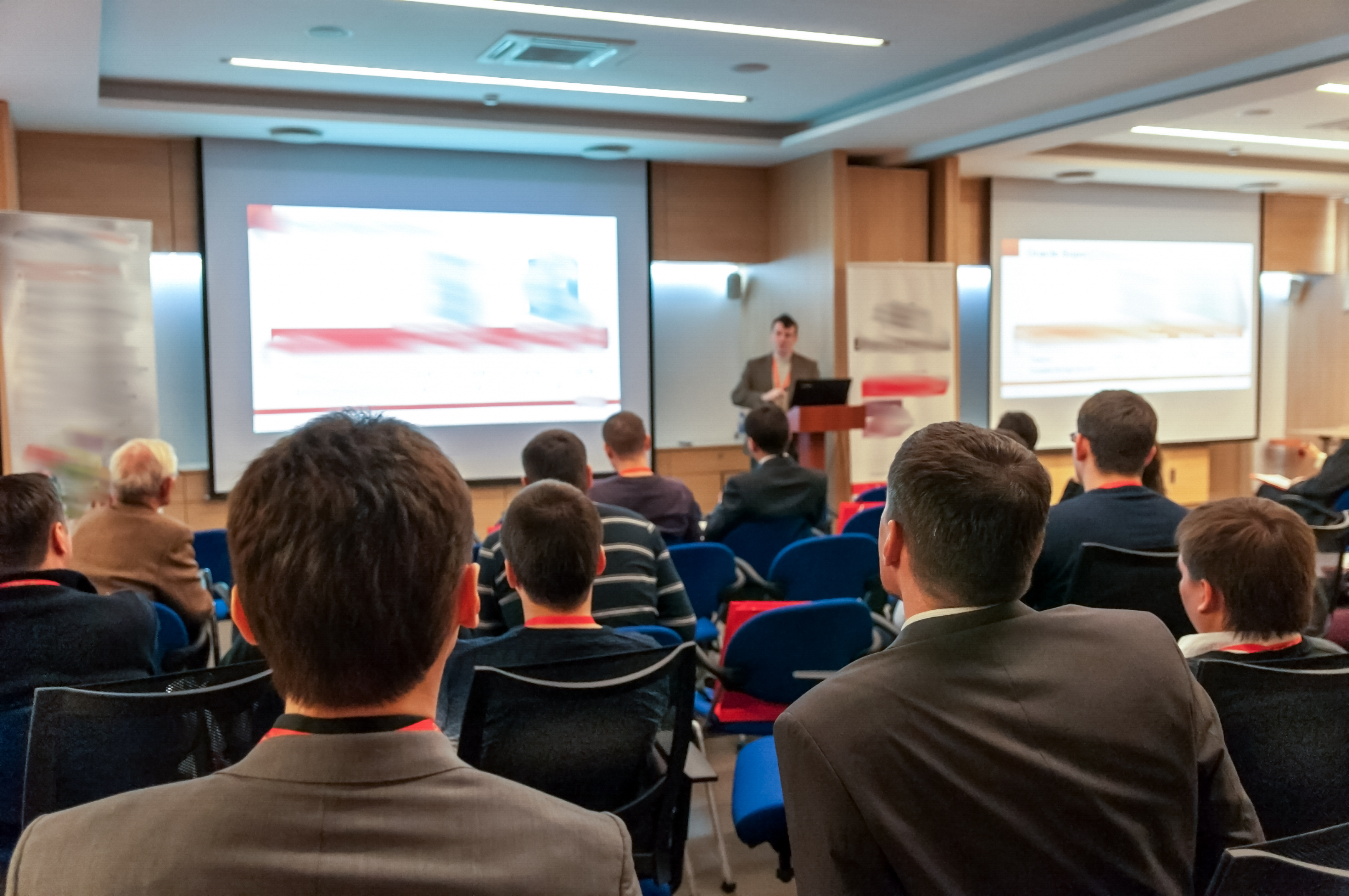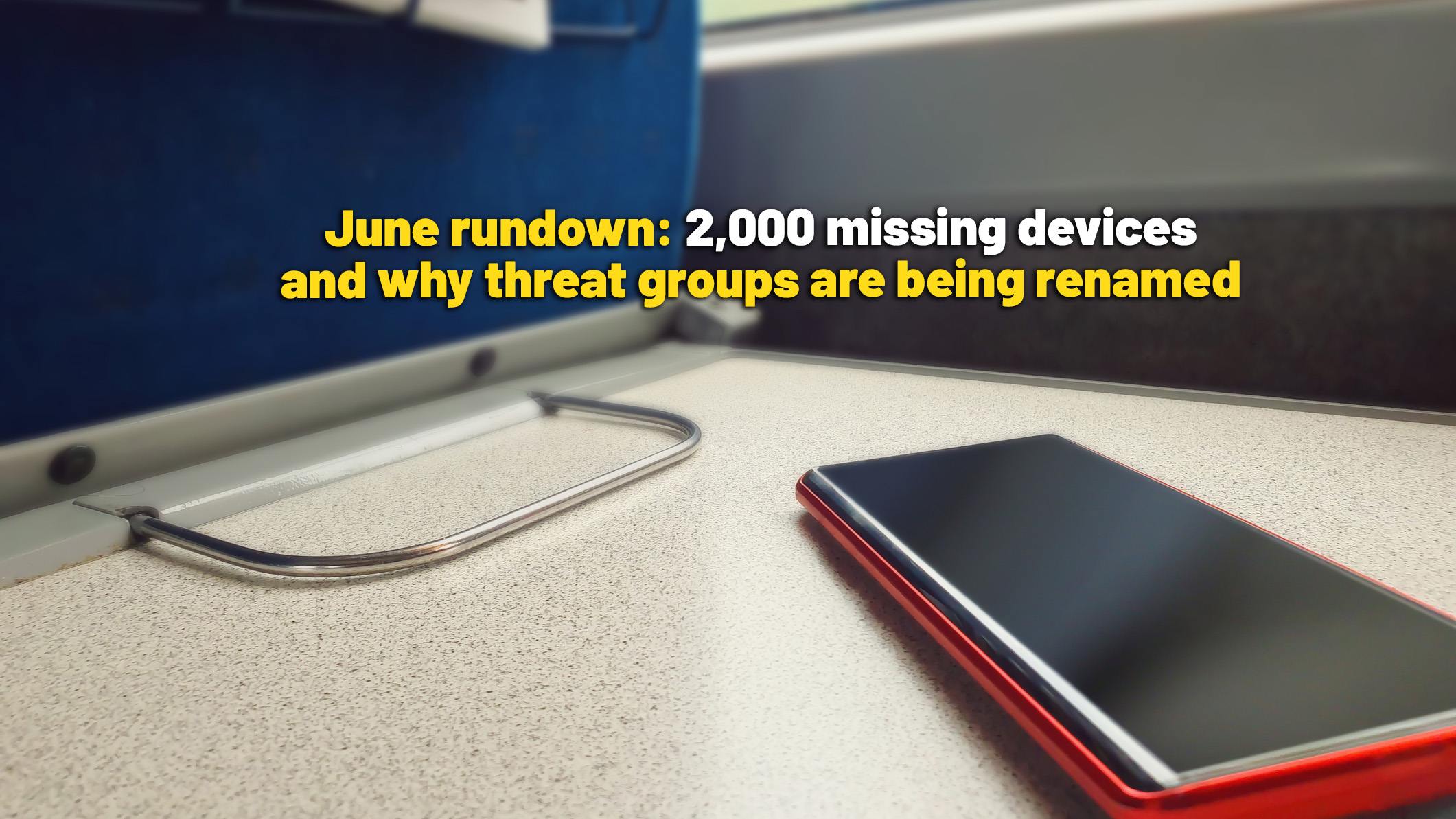"It looked better on paper!" The psychology of presenting ideas
How you present an idea can be as important as what the idea is. Here are some tips from psychology

This editorially independent article was made possible by HP Thanks HP!
How many times have you been sitting in a meeting, staring at the 20th PowerPoint slide in a deck that's 100 slides long, and gradually started thinking about anything except the presentation? Don't worry you're not alone. We've all done it.
So many good ideas are killed off by bad presentations, largely due to the cult of PowerPoint. Now don't get this wrong: PowerPoint and other presentation tools can be brilliant ways of communicating. But unfortunately, they tend to be overused, and badly used.
There are two key psychological principles that tend to get lost when using presentation software, but which you can easily use to your advantage if you pause the PowerPoint. These two principles alone might save you from "death by Powerpoint" and get your business ahead. So what are they?
The first principle is the serial position effect. Research has shown the ideas that you present first in your presentation are more easily recalled later than those in the middle or the end. We don't fully understand why this is, but it's believed there are two things going on. First, something presented early on has the opportunity to become bedded into long-term memory, rather than sitting in and being discarded from your short-term memory. Second, after a few items, the audience gets into a state of "information overload" and starts to discard each new piece of information very quickly.
The second psychological principle is known as the von Restorff effect, also sometimes called the isolation effect. This predicts that when multiple similar stimuli are given to someone, the stimulus that's different from the rest is the most likely one to be remembered.
For presentations, this has a very simple implication: make your main idea stand out from everything else. If your main idea is lost in a sea of slides that all look the same, there's very little chance anyone will remember it.
Sign up today and you will receive a free copy of our Future Focus 2025 report - the leading guidance on AI, cybersecurity and other IT challenges as per 700+ senior executives
How do you make these principles work for you?
Put these two principles together, and you have a powerful tool for creating presentations that will be incredibly memorable.
The first and most obvious thing: have your big reveal early, and refer back to it often. There's often a temptation in presentations to build towards your story, and only then get your most important point across. However, remember the serial position effect: you should make your most important point, the one you want people to remember, early on.
The second thing you need to do is make this idea stand out. You could do this by varying the template of your presentation, using a different design, and so on. But I'd suggest you consider something more radical: using paper, mounted on boards, printed out as large as you can.
Why printed boards? Two reasons. First, they stand out compared to the rest of your slides. Making the big idea literally as big as you can gives it immediate impact. Second, your boards can be a prop, passed around among the people you're pitching to in order to make the moment even more memorable. Thanks to our evolution as tool-using animals, handling something physically helps imprint the moment onto your memory.
Creative presentations don't have to be dull, for you or the audience. Following these principles, especially using paper as a prop, will help make the whole process more fun and memorable for them and much more interesting and hopefully profitable for you.
Image by Hans Splinter, used under Creative Commons licence
ITPro is a global business technology website providing the latest news, analysis, and business insight for IT decision-makers. Whether it's cyber security, cloud computing, IT infrastructure, or business strategy, we aim to equip leaders with the data they need to make informed IT investments.
For regular updates delivered to your inbox and social feeds, be sure to sign up to our daily newsletter and follow on us LinkedIn and Twitter.



